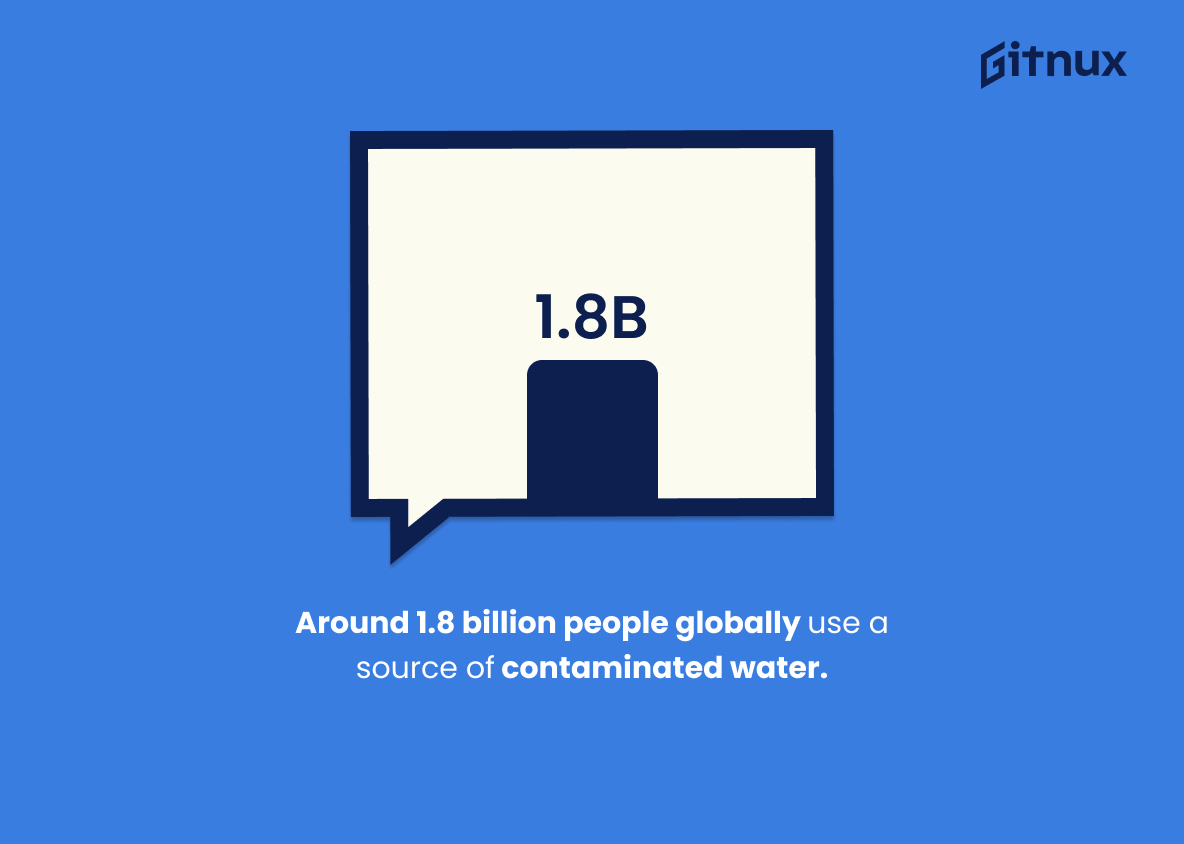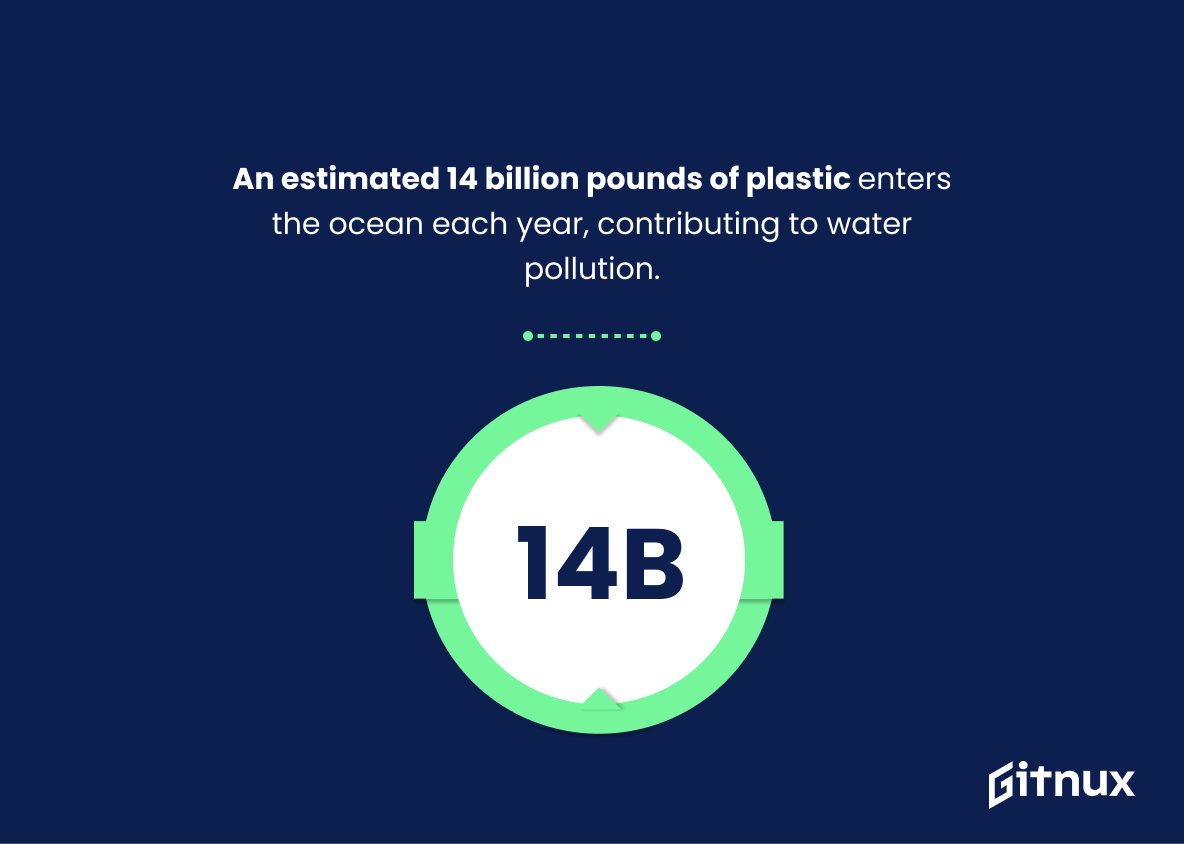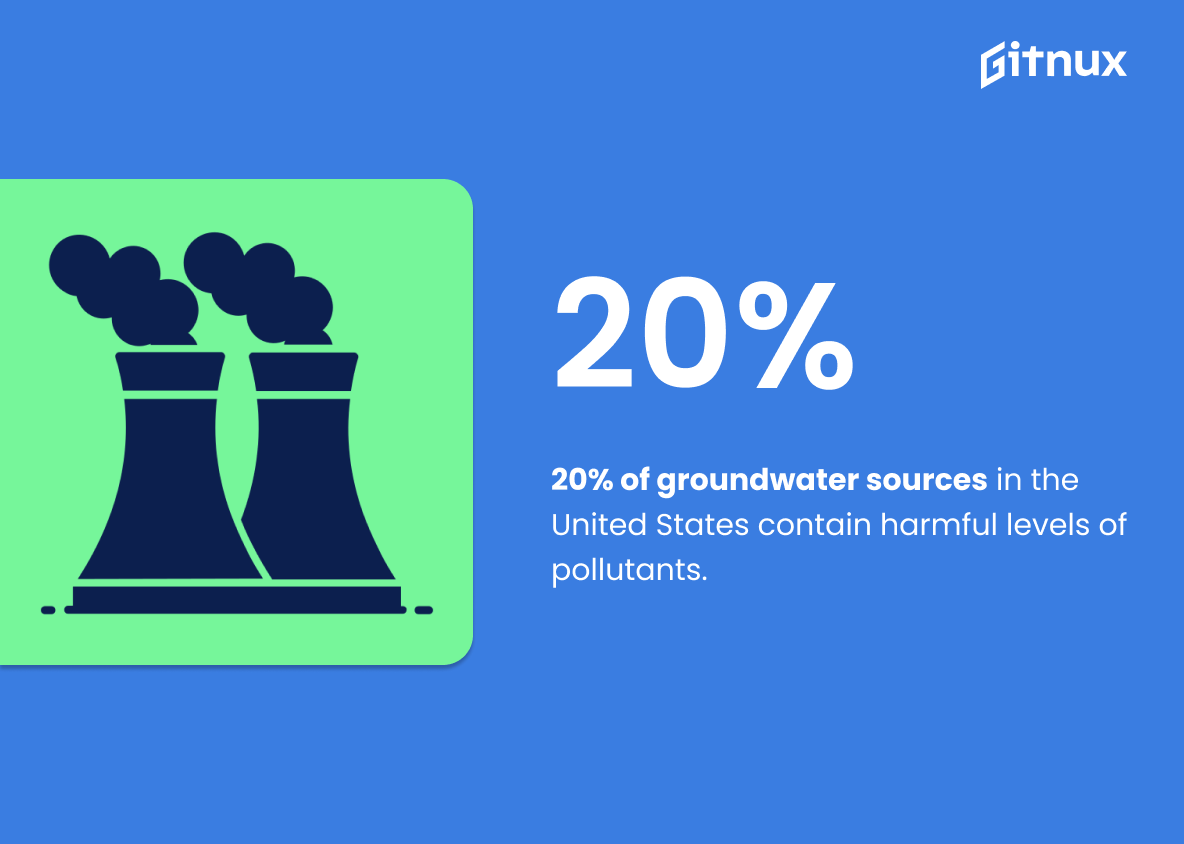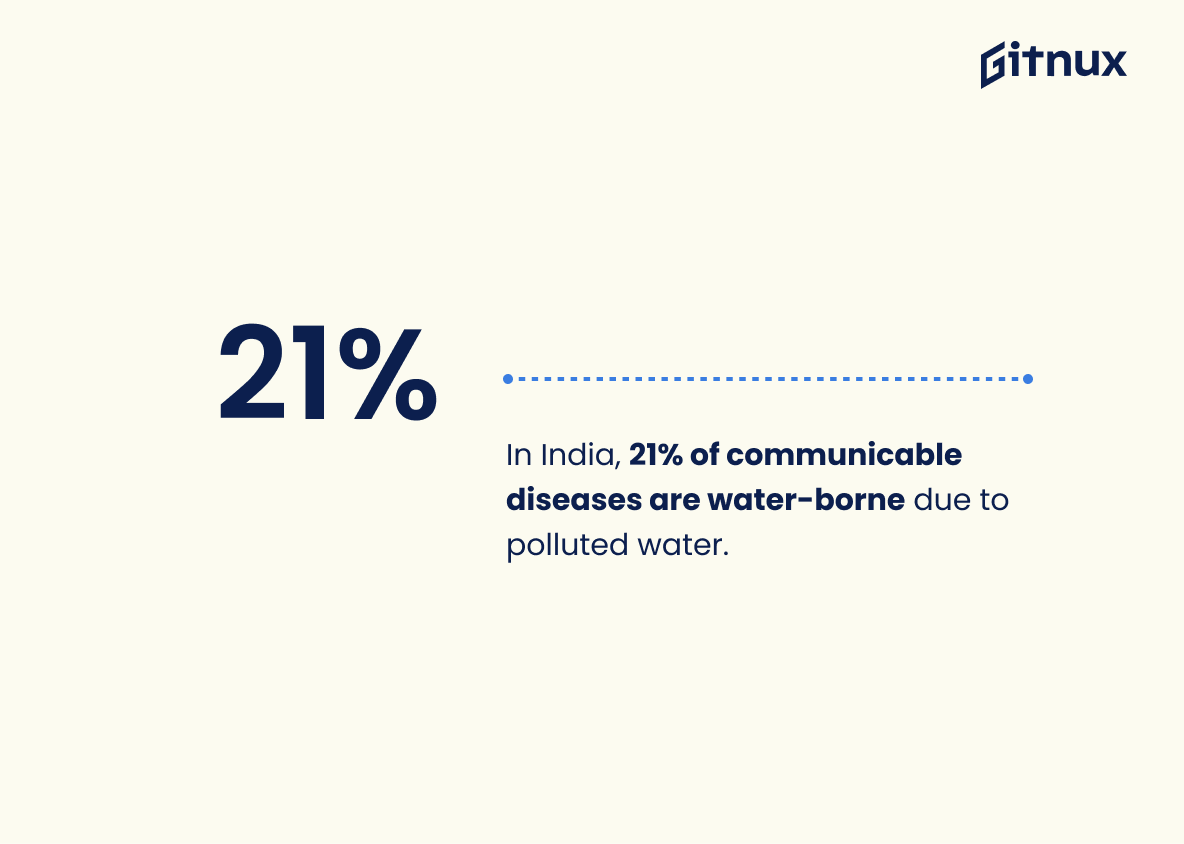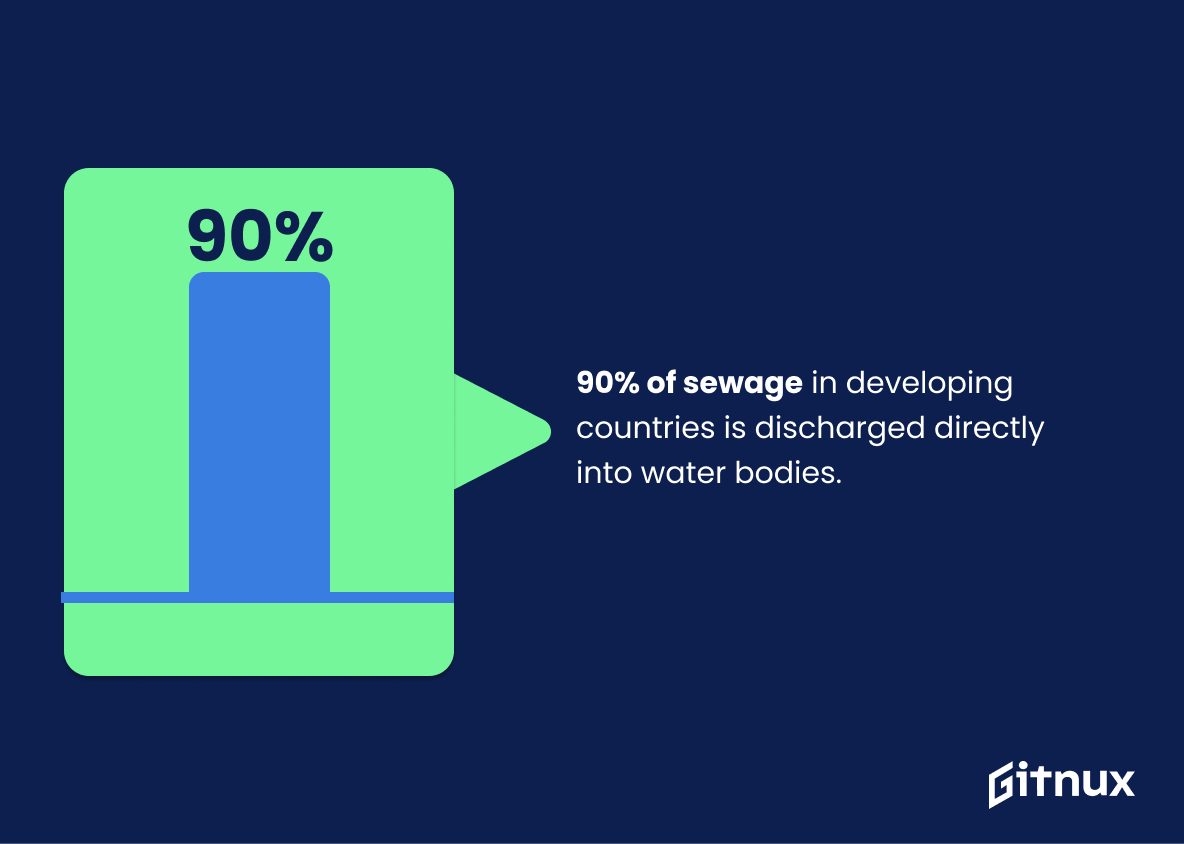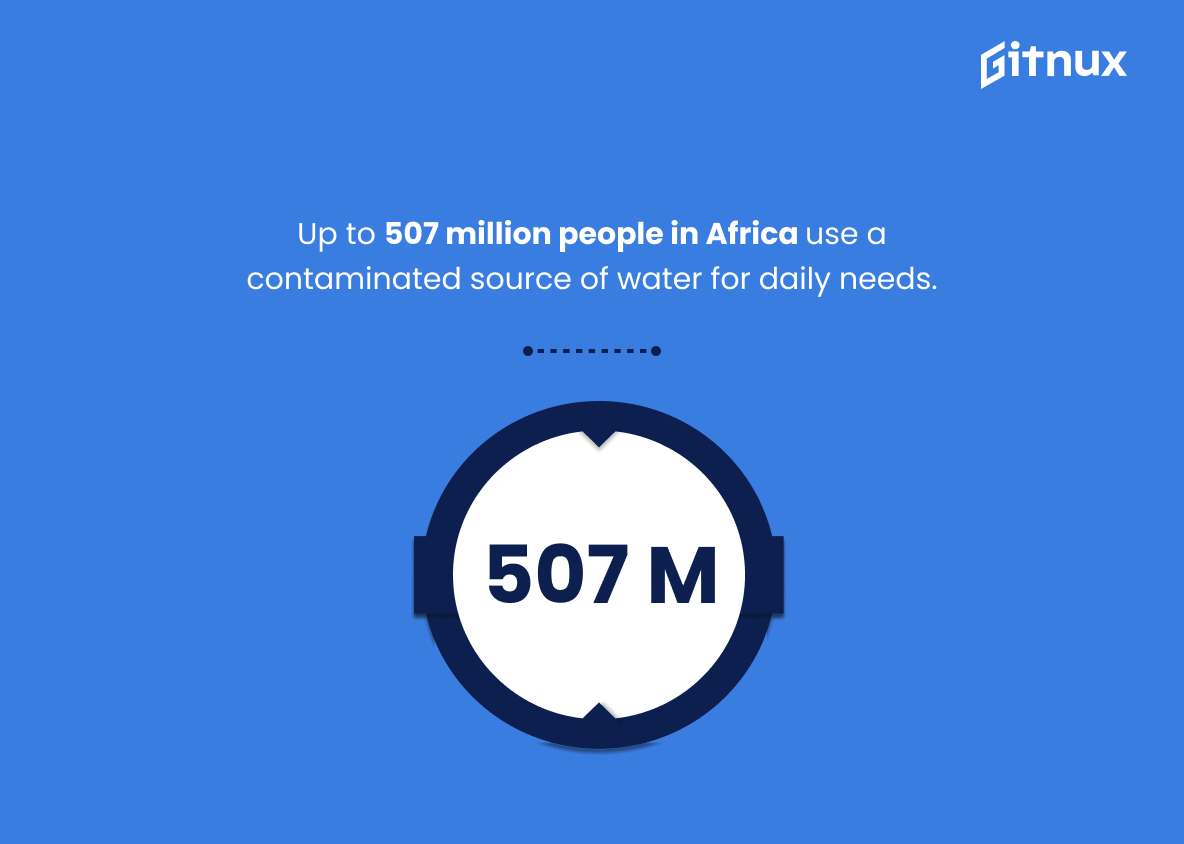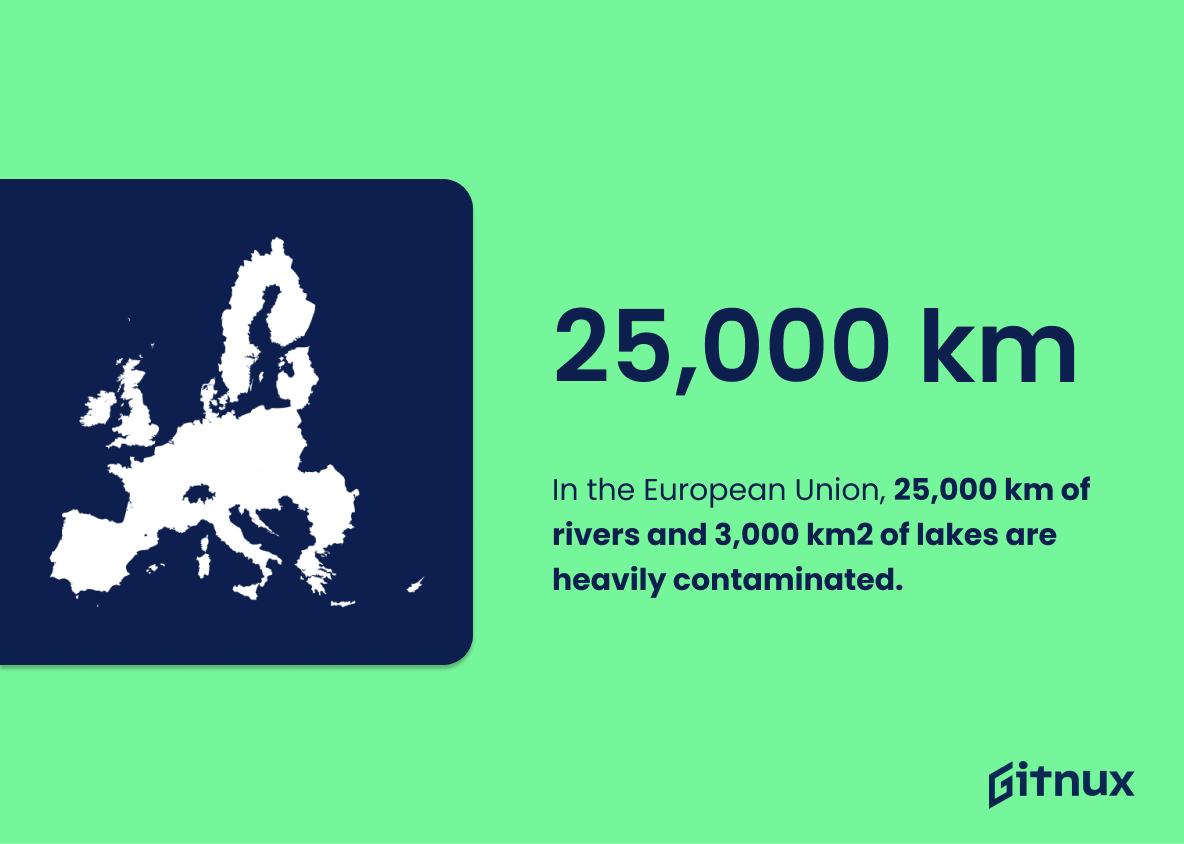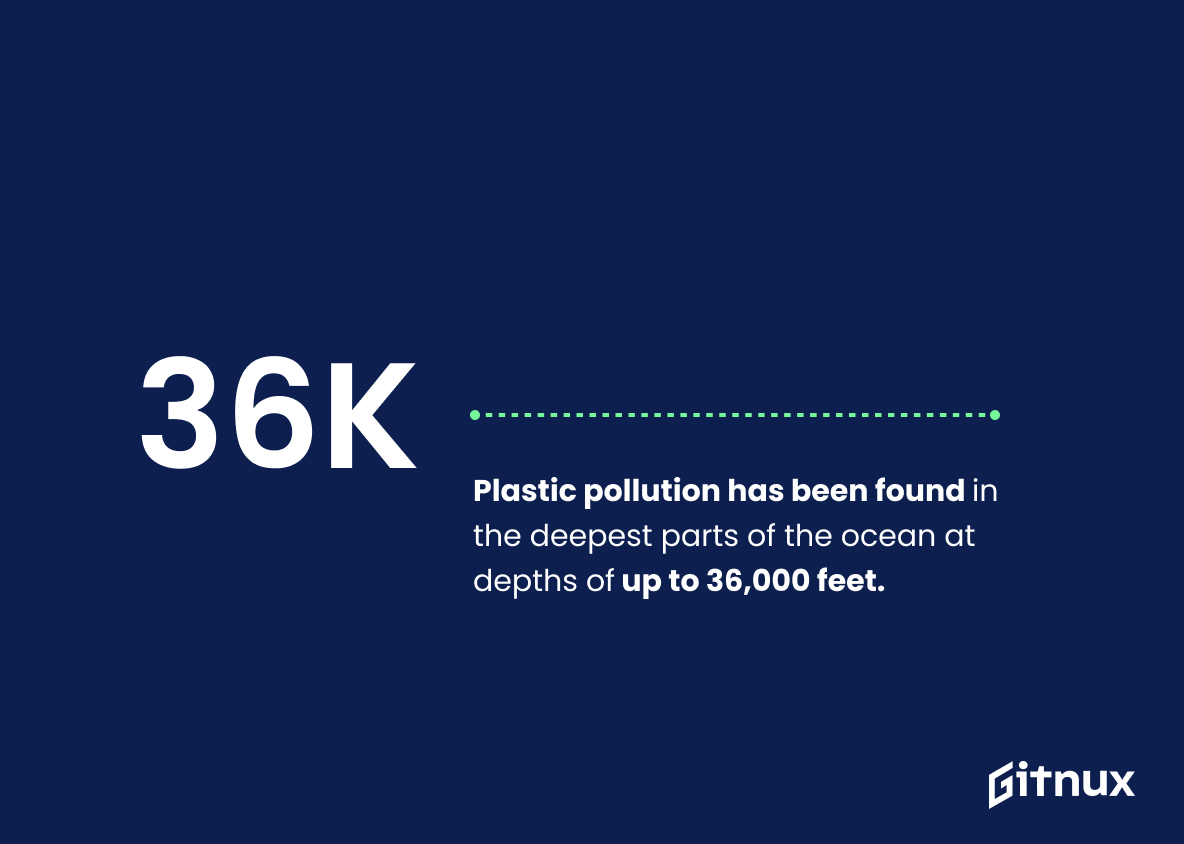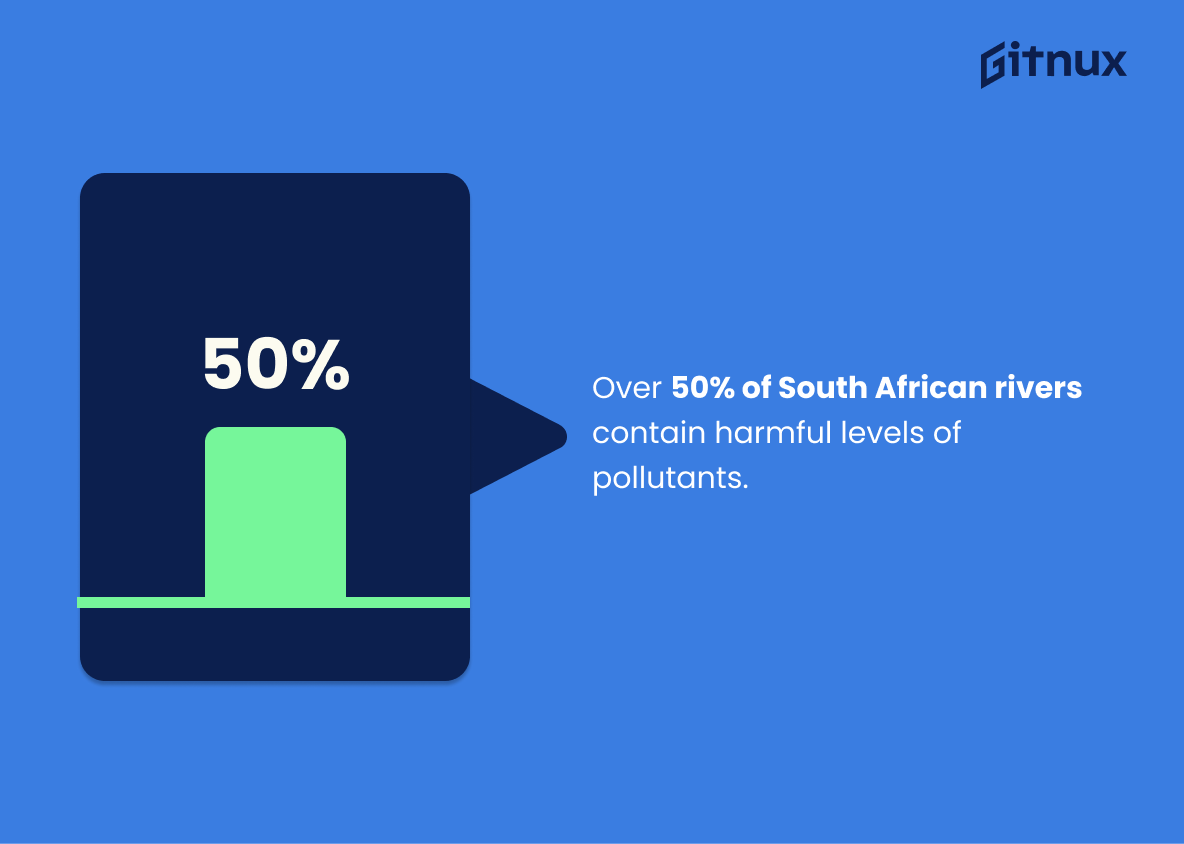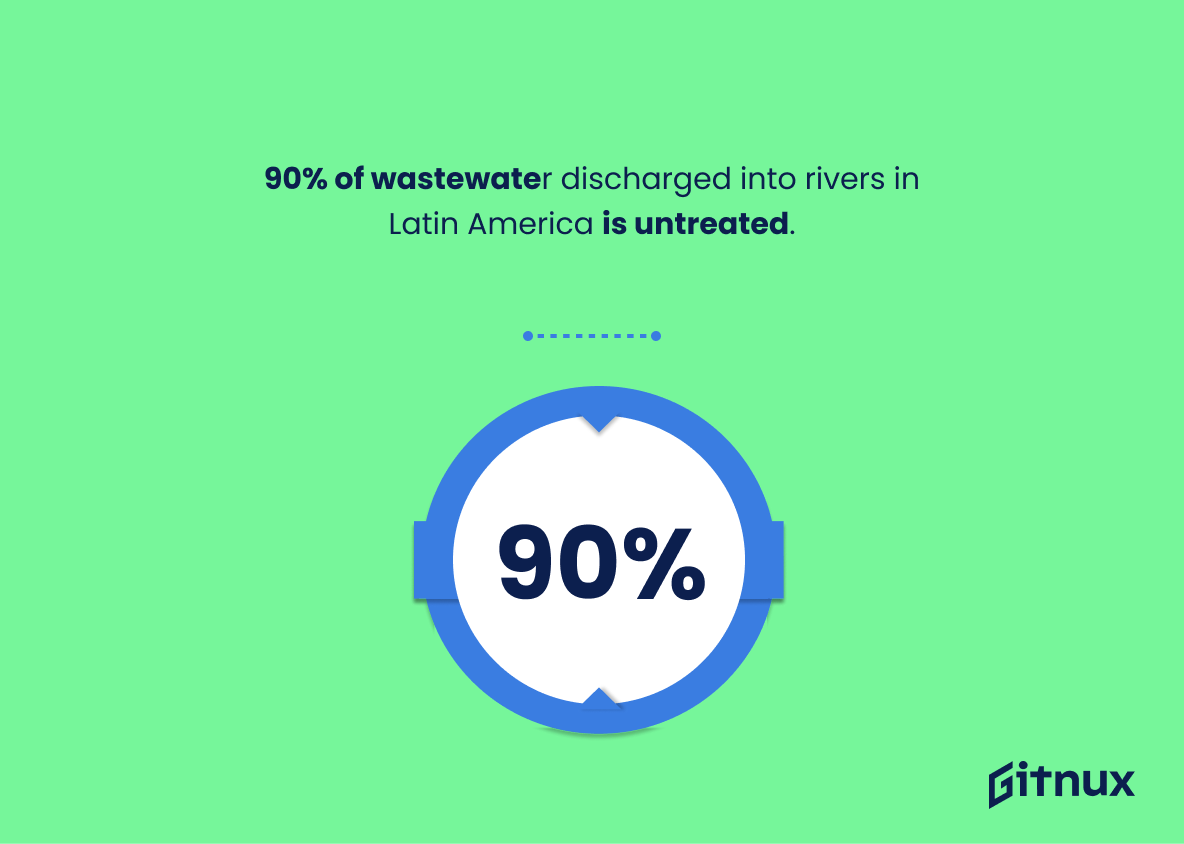Water pollution is a global issue that affects the health and wellbeing of people, animals, and ecosystems around the world. It has been estimated that over 80% of wastewater worldwide is released back into nature without proper treatment. In developing countries, 70% of industrial waste goes untreated into waters while 1.8 billion people globally use contaminated water sources for their daily needs.
In China alone, 320 million citizens lack access to clean drinking water while an alarming 1.4 million children die each year due to polluted water consumption or contact with contaminated surfaces or objects in general. Plastic pollution also contributes significantly to this problem as 14 billion pounds are dumped annually into oceans across the globe leading to further contamination and economic damages up to $4.8 billion per year in Middle Eastern countries alone according to World Bank estimates from 2007 .
The situation does not improve much when looking at other parts of the world either: 20% of groundwater sources in America contain pollutants; 38% healthcare facilities located in low-income nations have no access whatsoever safe source; 90 % sewage discharged by Latin American countries remains untreated; 507 million Africans rely on unclean supplies for their everyday activities ; 25000 km rivers plus 3000 km2 lakes suffer heavy contamination within European Union boundaries ; US states face costs amounting up 5187 billions dollars every single year just because cleaning efforts related with toxic substances present inside waterways ; plastic particles can be found even 36000 feet below sea level , whereas South African rivers show levels above acceptable limits more than half times during any given period .
It’s clear then that urgent action must be taken if we want future generations enjoy healthy lives free from diseases caused by poor quality H20 resources . This blog post will provide you with detailed information about current statistics regarding Water Pollution all around planet Earth so please keep reading.
This statistic is a stark reminder of the dire state of water pollution worldwide. It highlights the fact that the majority of wastewater is not being treated properly, leading to a dangerous accumulation of pollutants in our water sources. This has serious implications for the health of both humans and wildlife, as well as the environment as a whole.
Around 1.8 billion people globally use a source of contaminated water.
This statistic is a stark reminder of the devastating effects of water pollution. It highlights the fact that a huge portion of the global population is exposed to contaminated water, which can lead to a variety of health issues and even death. It is a call to action to take steps to reduce water pollution and ensure that everyone has access to clean, safe drinking water.
Water Pollution Statistics Overview
At least 320 million people in China lack access to clean drinking water.
This statistic is a stark reminder of the devastating effects of water pollution in China. It highlights the urgent need for action to be taken to ensure that the millions of people in the country have access to clean drinking water. It is a call to action to address the issue of water pollution and to ensure that everyone has access to safe and clean water.
Approximately 1.4 million children die each year due to water pollution.
This statistic is a stark reminder of the devastating effects of water pollution. It serves as a powerful reminder of the urgent need to address this issue and take action to protect our planet’s precious water resources. It is a call to action to ensure that our children and future generations are not subjected to the same fate.
An estimated 14 billion pounds of plastic enters the ocean each year, contributing to water pollution.
This statistic is a stark reminder of the devastating impact that plastic pollution is having on our oceans. It serves as a powerful reminder of the urgent need to take action to reduce the amount of plastic entering our oceans and to protect our precious marine ecosystems.
20% of groundwater sources in the United States contain harmful levels of pollutants.
This statistic is a stark reminder of the devastating effects of water pollution in the United States. It highlights the fact that a fifth of our groundwater sources are contaminated with pollutants, which can have serious implications for the health and safety of our communities. It is a call to action to take steps to reduce water pollution and protect our precious water resources.
Water pollution causes economic damages of up to $4.8 billion per year in Middle Eastern countries.
This statistic is a stark reminder of the immense economic burden that water pollution places on Middle Eastern countries. It serves as a powerful illustration of the tangible costs of water pollution, and the urgent need to address this issue.
In India, 21% of communicable diseases are water-borne due to polluted water.
This statistic serves as a stark reminder of the devastating effects of water pollution in India. It highlights the fact that polluted water is a major contributor to the spread of communicable diseases, which can have a serious impact on public health. This statistic is a call to action to take steps to reduce water pollution and protect the health of the population.
90% of sewage in developing countries is discharged directly into water bodies.
This statistic is a stark reminder of the immense challenge facing developing countries in terms of water pollution. It highlights the need for urgent action to be taken to reduce the amount of sewage being discharged directly into water bodies, as this can have a devastating impact on the environment and public health.
Up to 507 million people in Africa use a contaminated source of water for daily needs.
This statistic is a stark reminder of the devastating effects of water pollution in Africa. It highlights the fact that millions of people are being exposed to contaminated water, which can lead to serious health issues and even death. It is a call to action to take steps to reduce water pollution and ensure that everyone has access to clean, safe water.
In the European Union, 25,000 km of rivers and 3,000 km2 of lakes are heavily contaminated.
This statistic serves as a stark reminder of the devastating effects of water pollution in the European Union. It paints a vivid picture of the sheer magnitude of contaminated rivers and lakes, and the urgent need to take action to protect our precious water resources.
The United States faces $187 billion in annual costs for water pollution clean-up efforts.
This statistic serves as a stark reminder of the immense financial burden that water pollution places on the United States. It is a tangible representation of the costs associated with the environmental damage caused by water pollution, and a reminder of the need for greater efforts to reduce and prevent water pollution.
Plastic pollution has been found in the deepest parts of the ocean at depths of up to 36,000 feet.
This statistic serves as a stark reminder of the far-reaching effects of plastic pollution. It is a testament to the fact that plastic pollution is not only a problem on the surface of the ocean, but has infiltrated the depths of the ocean as well. This statistic is a call to action to take steps to reduce plastic pollution and protect our oceans.
Over 50% of South African rivers contain harmful levels of pollutants.
This statistic is a stark reminder of the devastating effects of water pollution in South Africa. It highlights the urgent need for action to be taken to protect the country’s rivers from further contamination. It also serves as a warning to other countries that water pollution is a serious issue that needs to be addressed.
90% of wastewater discharged into rivers in Latin America is untreated.
This statistic is a stark reminder of the dire state of water pollution in Latin America. It highlights the urgent need for improved wastewater treatment systems in the region, as untreated wastewater can have devastating effects on the environment and human health. It is a call to action for governments, businesses, and citizens to take steps to reduce water pollution and protect the region’s water resources.
Water pollution caused by the textile industry in Bangladesh leads to an estimated 5 million illnesses per year.
This statistic is a stark reminder of the devastating effects of water pollution caused by the textile industry in Bangladesh. It highlights the immense human cost of this environmental issue, with an estimated 5 million people suffering from illnesses each year. This statistic serves as a powerful reminder of the urgent need to address water pollution and its consequences.
Conclusion
The statistics presented in this blog post demonstrate the severity of water pollution around the world. From wastewater released without proper treatment to contaminated drinking sources and plastic entering our oceans, it is clear that urgent action must be taken to protect our planet’s most precious resource. The effects of water pollution are far-reaching, impacting human health, economic development, and ecosystems worldwide. It is essential for governments and individuals alike to prioritize clean water initiatives if we hope to make a lasting impact on global public health outcomes as well as environmental sustainability.
References
0. – https://www.eea.europa.eu
1. – https://www.unctad.org
2. – https://www.rti.org
3. – https://www.usatoday.com
4. – https://www.worldbank.org
5. – https://www.afro.who.int
6. – https://www.oceanconservancy.org
7. – https://www.waterbenefitshealth.com
8. – https://www.pollutionsolutions-online.com
9. – https://www.rsc.org
10. – https://www.who.int
11. – https://www.unwater.org
12. – https://www.nature.com
13. – https://www.groundwater.org

